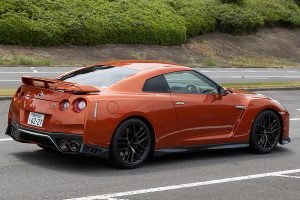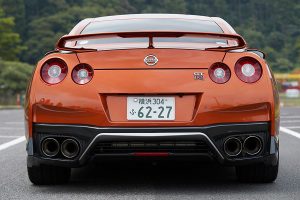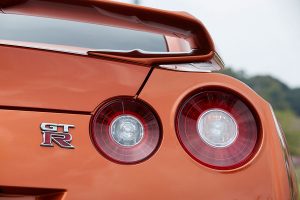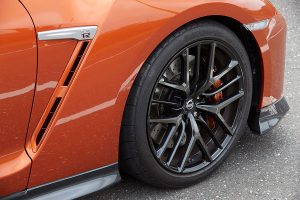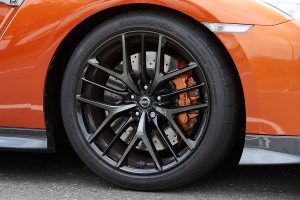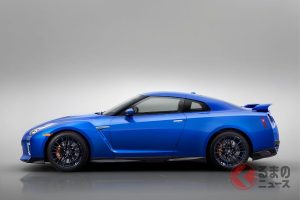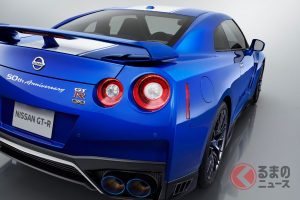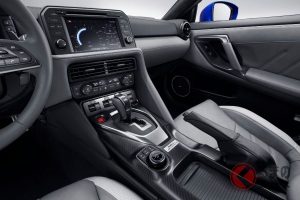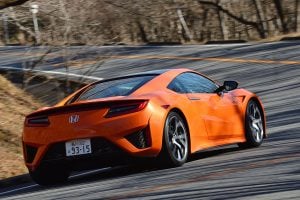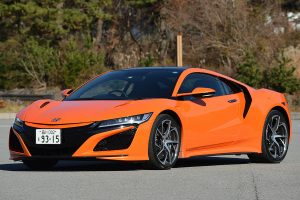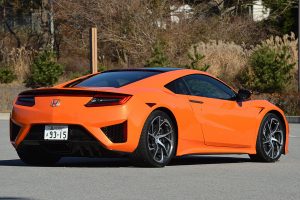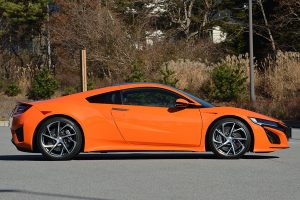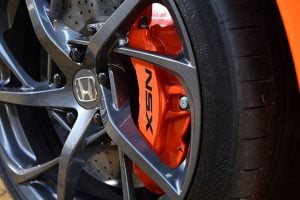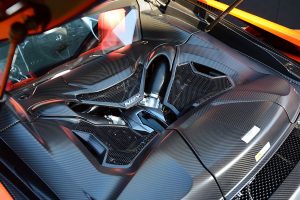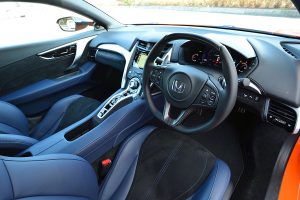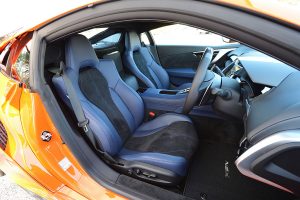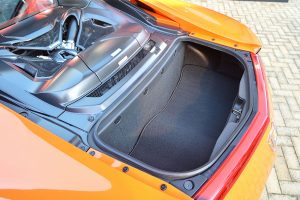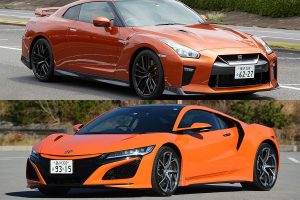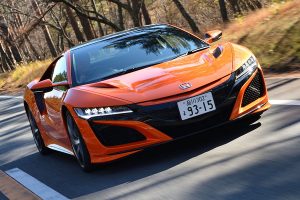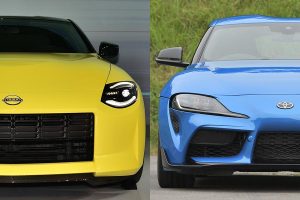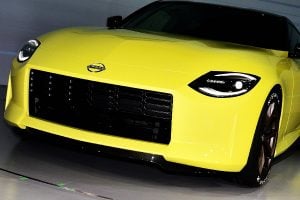Two Japanese supercars, different characteristics, different performance. Let’s see how the two cars are alike and different in some parts.
Japan’s finest cars
When we talk about popular supercars from Japan, I assume most people would answer the Nissan GT-R and the Honda NSX.
Nissan’s latest Godzilla debuted in 2007. The car was previously known as the Skyline GT-R, the highest performance model among the Skyline family. But the company let the GT-R name become independent from the Skyline with the R35 model.
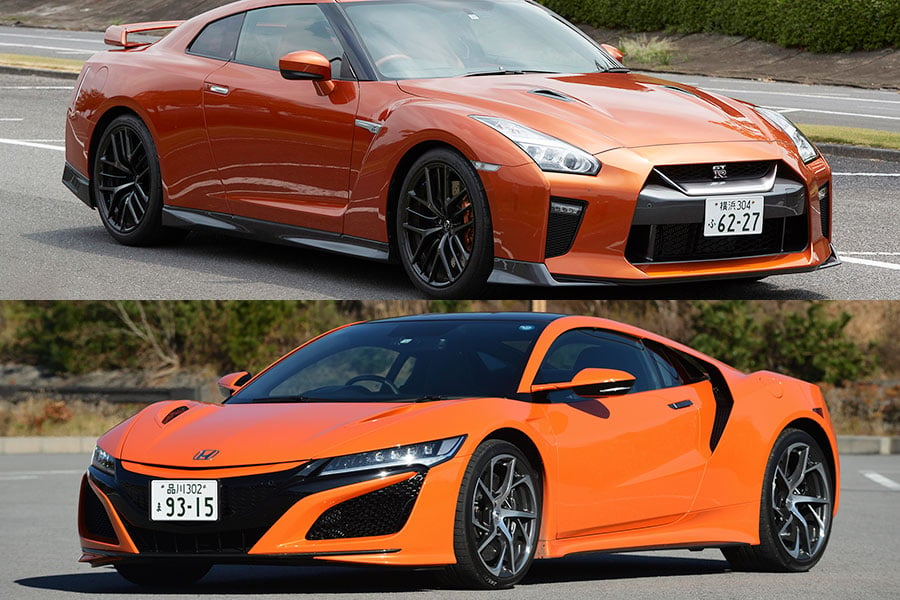
Starting from its platform, countless parts have become completely different from the Skyline. However, its DNA that has been accumulated over generations is inherited to the new model.
The NSX, on the other hand, was introduced in 2016 as the successor to the previous model that was sold from 1990 to 2006. As the halo model for the whole Acura lineup, the current model is designed and produced entirely in the United States.
The most obvious way to clarify the character of the two is its difference in positioning.
Both cars have outstanding driving performance, but there’s a big difference in that the NSX is treated as a supercar like Ferrari and Lamborghini, while the GT-R is an ultra-high performance GT car that is an extension of a passenger car.
Just looking at their packaging lets you understand the cars’ differences. The GT-R has rear seats and a boxy body since the car is an evolved form of the Nissan Skyline sedan. Its engine mounts on the front like all other ordinary cars and its philosophy represent the idea of being a touring car that can represent four people. And thanks to its shape, it’s easy to know how big the car is when driving, making the car drivable on a daily basis.
A spacious packaging makes a big advantage in terms of practicality: the GT-R has rear seats that can accommodate additional passengers and also be used as luggage space. In addition, the trunk space is spacious enough to hold two sets of golf bags or a large suitcase.
So how about the NSX? You can clearly see the car having a flat silhouette like a typical supercar. The body provides a better view for the front but difficult to see the surroundings on narrow roads. And since the car has its engine mounted on the rear, no rear seats are available and its trunk provides limited capacity, only useful for two people to travel for a couple of nights.
Even though there is no engine under the hood, unlike the Porsche 911 and 718 Cayman/Boxster, no cargo space is available for the front, meaning your carry-on items need to be compact. Moreover, your luggage could get hot even in the winter due to the heat from the engine.
So when talking about practicality (which you really shouldn’t do especially for supercars), the GT-R can be somewhat used as an everyday car for your family, while the NSX cannot due to its limited space.


